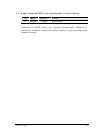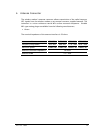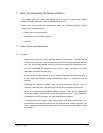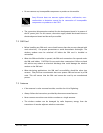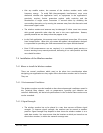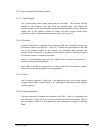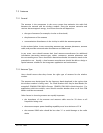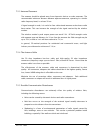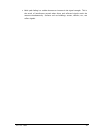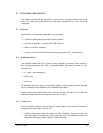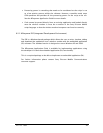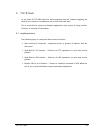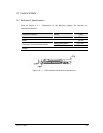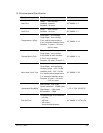
LZT 123 1836 81
7.5.3 Antenna Placement
The antenna should be placed away from electronic devices or other antennas. The
recommended minimum distance between adjacent antennas, operating in a similar
radio frequency band, is at least 50 cm.
If signal strength is weak, it is useful to face a directional antenna at the closest radio
base station. This can increase the strength of the signal received by the wireless
modem.
The wireless modem’s peak output power can reach 2 W. RF field strength varies
with antenna type and distance. At 10 cm from the antenna the field strength may be
up to 70 V/m and at 1m it will have reduced to 7 V/m.
In general, CE-marked products for residential and commercial areas, and light
industry can withstand a minimum of 3 V/m.
7.5.4 The Antenna Cable
Use 50 ohm impedance low-loss cable and high-quality 50 ohm impedance
connectors (frequency range up to at least 2 GHz) to avoid RF losses. Ensure that the
antenna cable is as short as possible.
The effectiveness of the antenna, cable and connectors is determined by their
quality. All connectors, adaptors and cables should be of the highest quality, lowest
loss, lowest VSWR rating that is affordable to the user.
Minimize the use of extension cables, connectors and adapters. Each additional
cable, connector or adapter will result in additional loss of signal power.
7.5.5 Possible Communication Disturbances
Communication disturbances can adversely effect the quality of wireless links,
including the following causes:
• Noise can be caused by electronic devices and radio transmitters.
• Path-loss occurs as the strength of the received signal steadily decreases in
proportion to the distance from the transmitter.
• Shadowing is a form of environmental attenuation of radio signals caused by
hills, buildings, trees or even vehicles. This can be a particular problem inside
buildings, especially if the walls are thick and reinforced.



